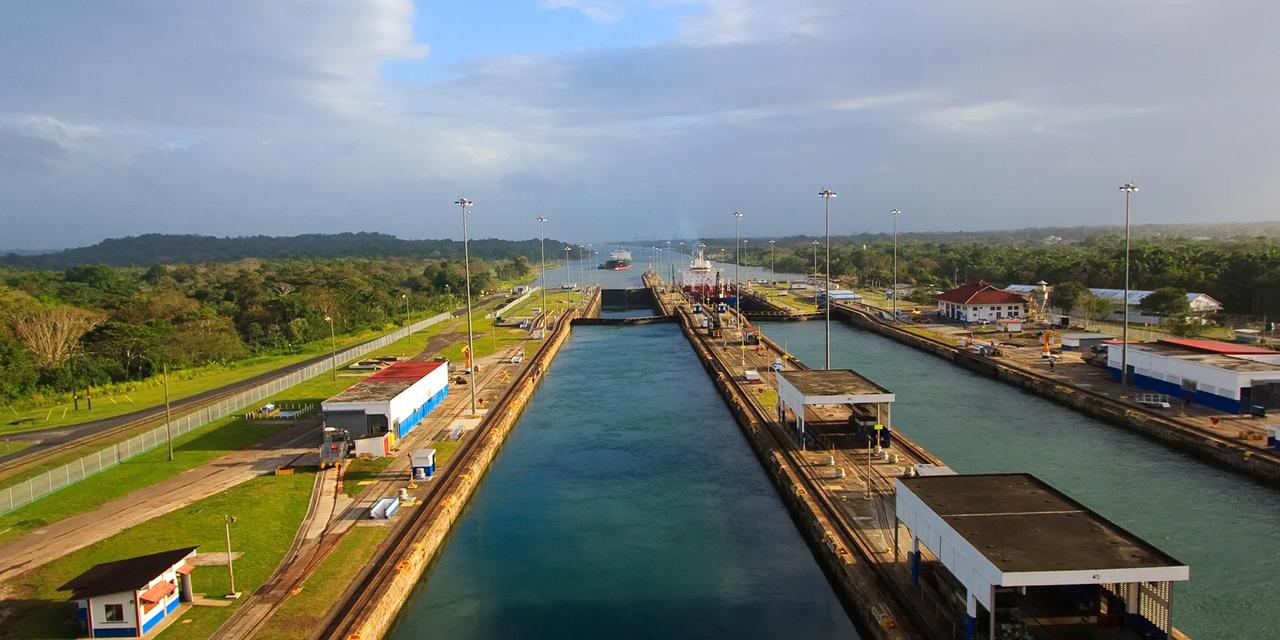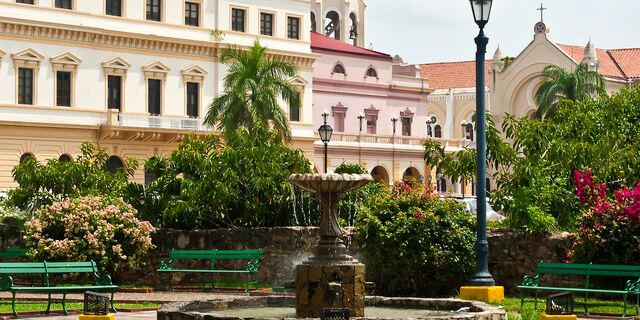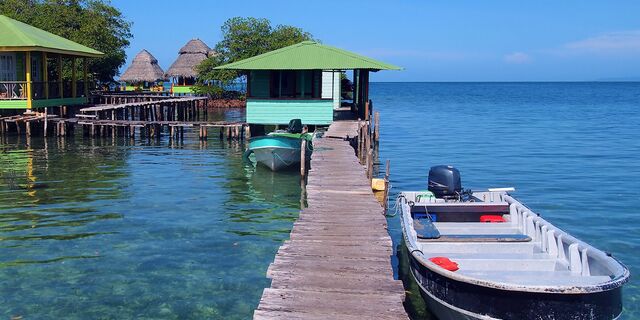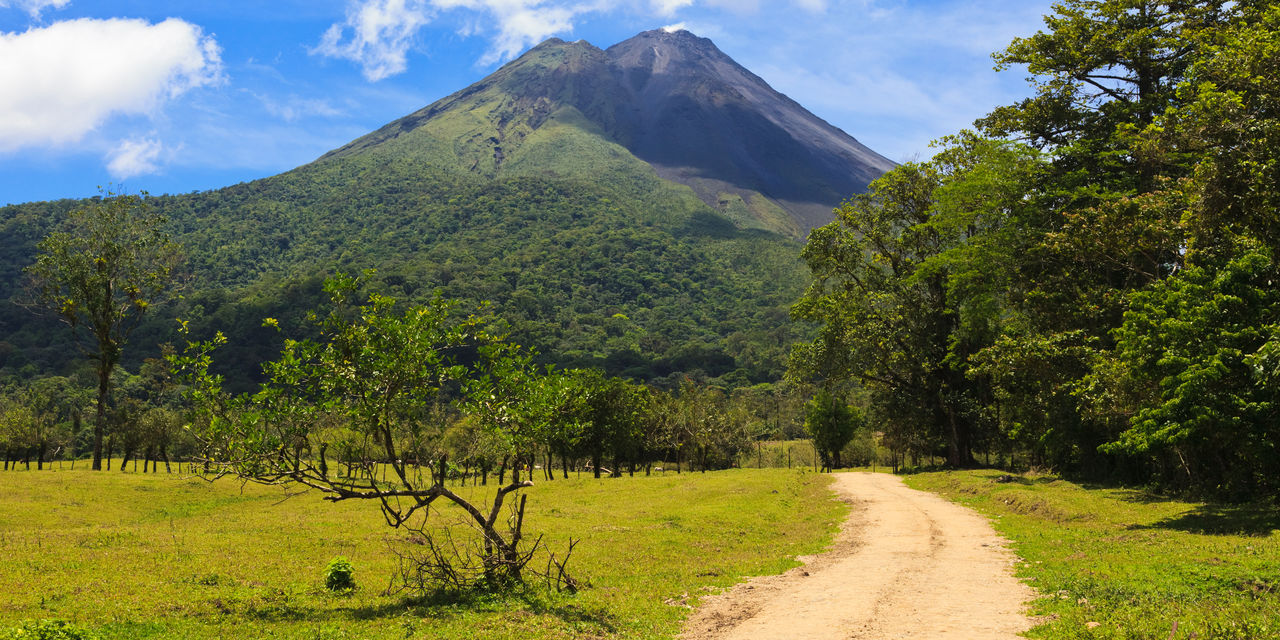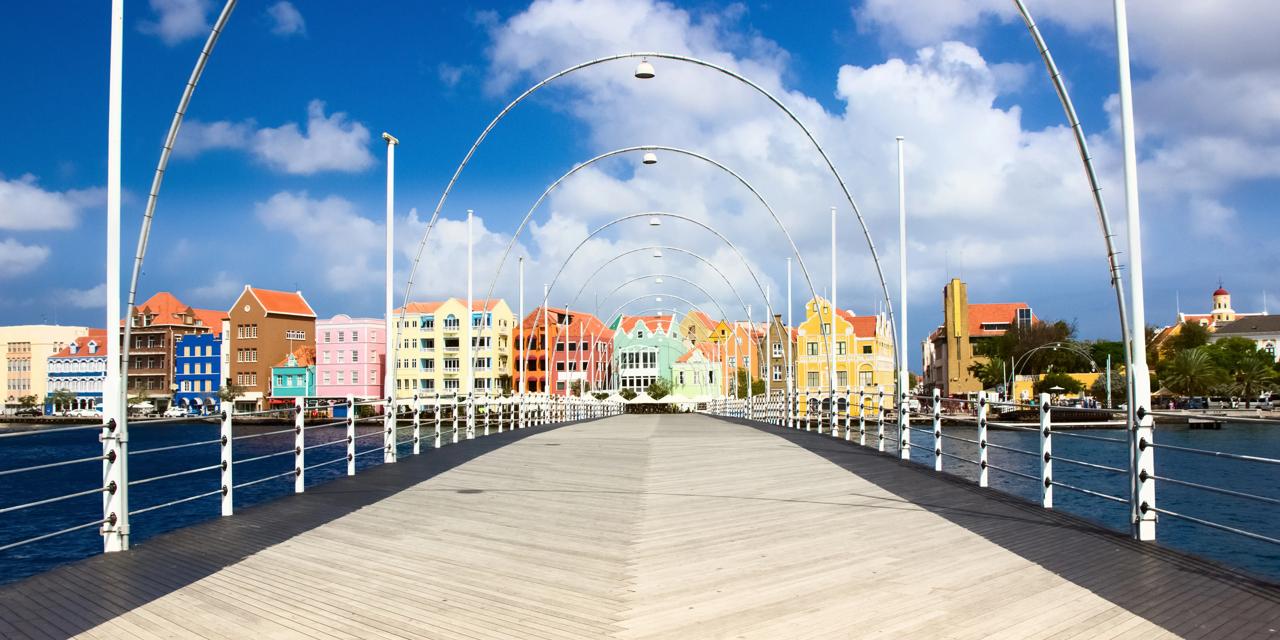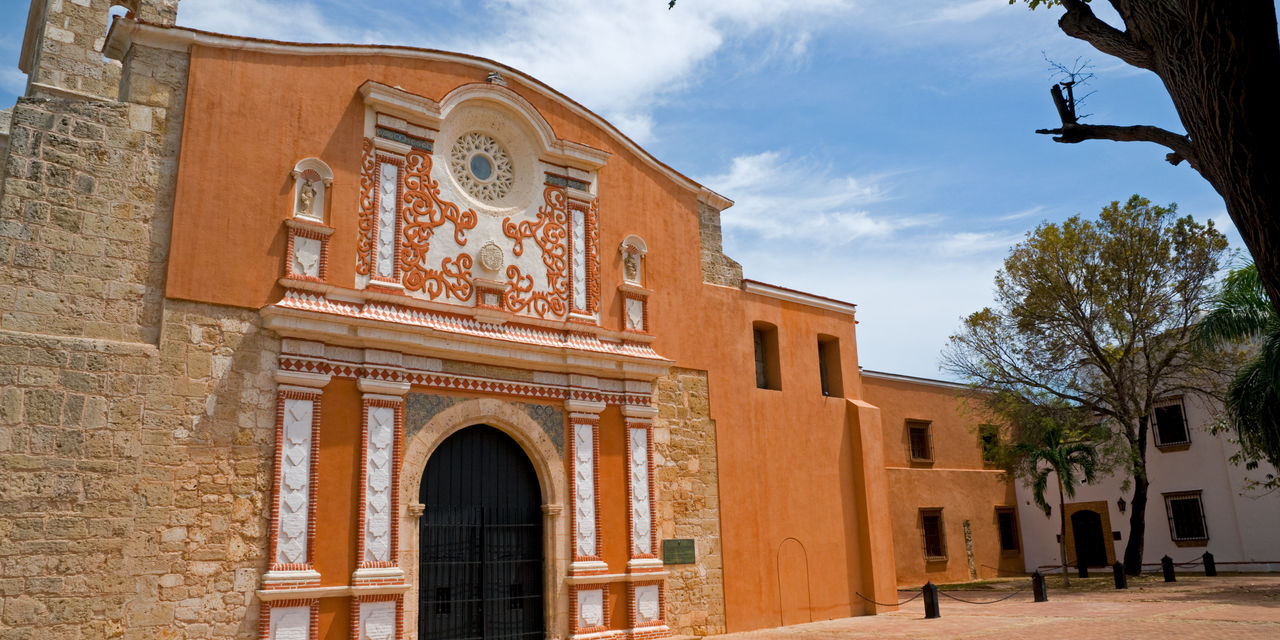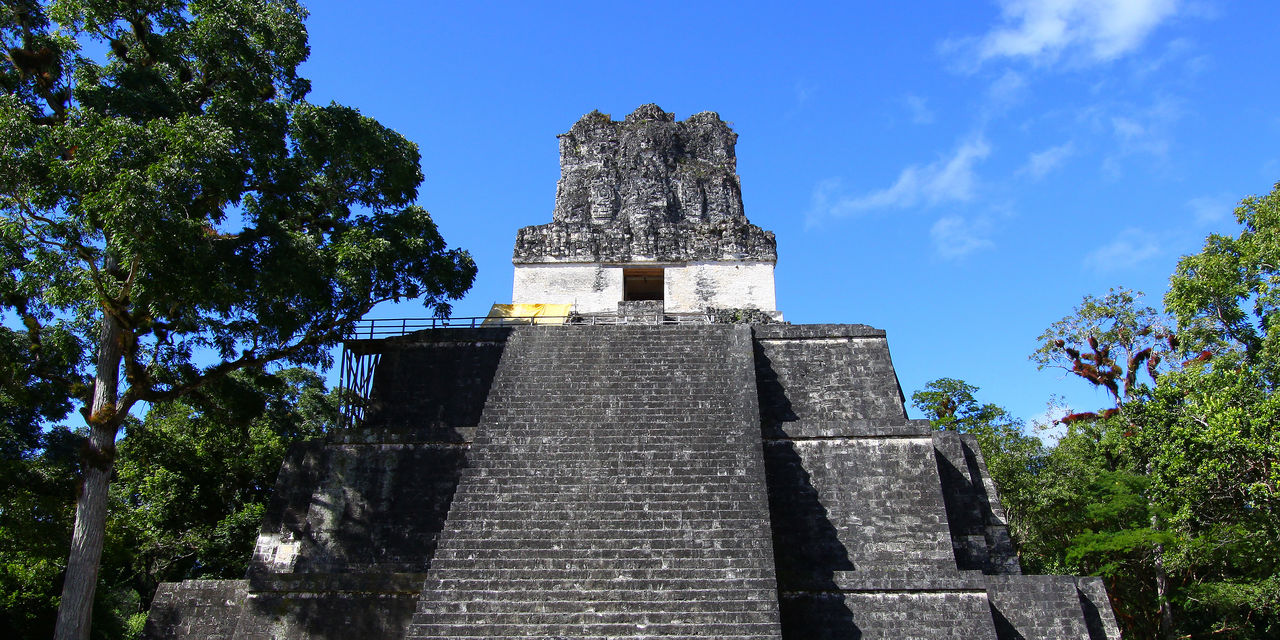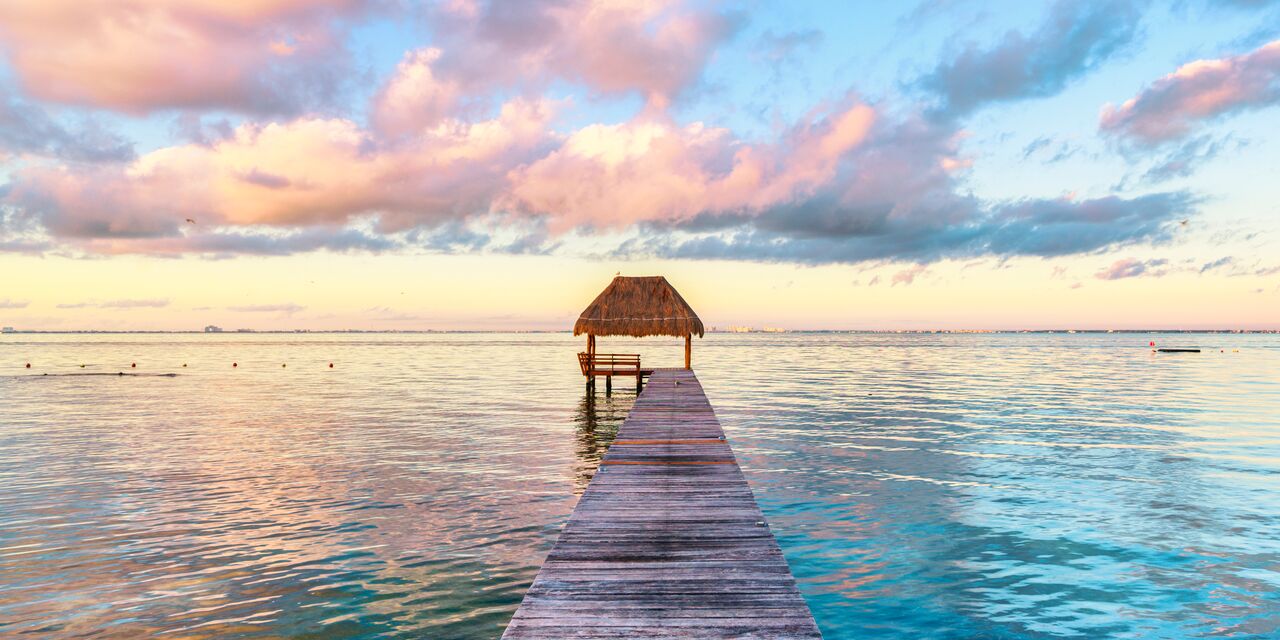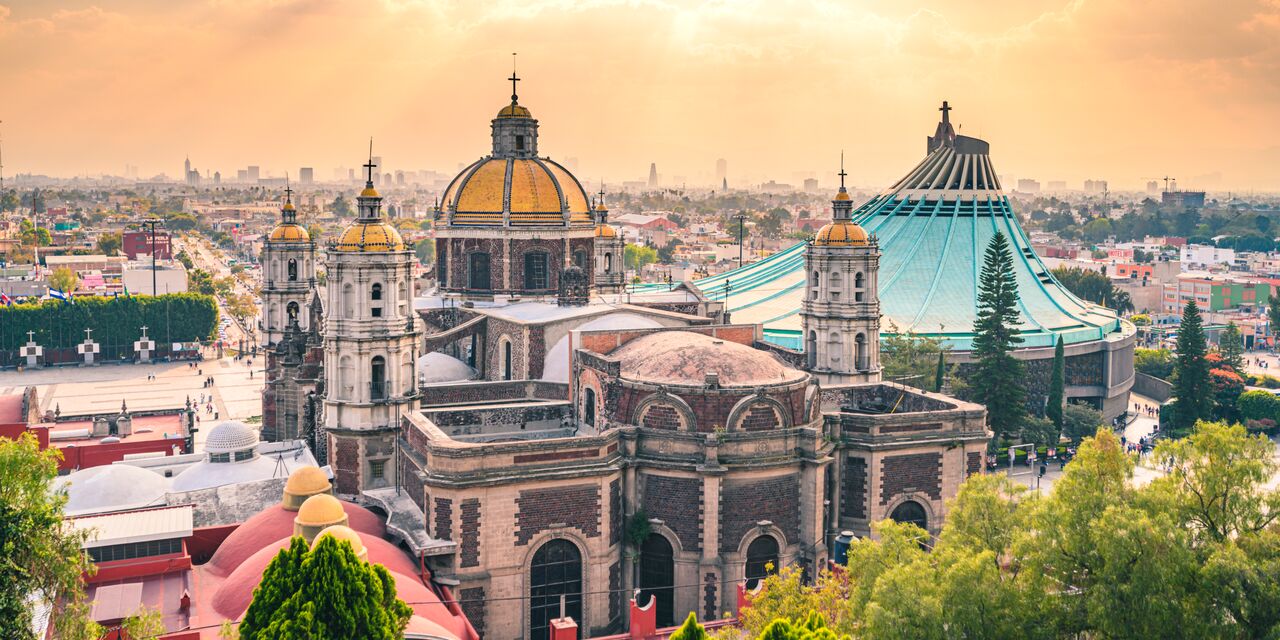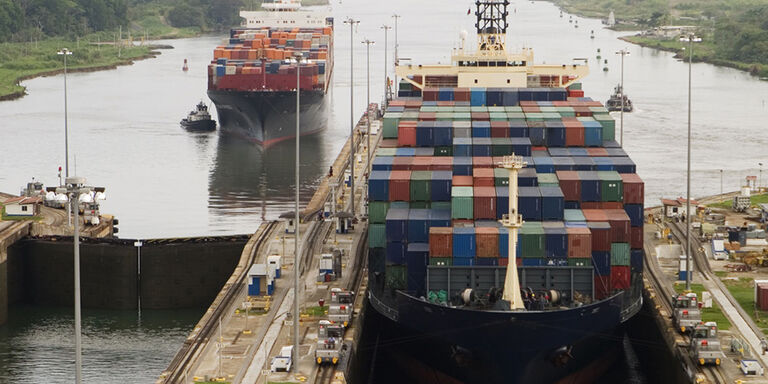
How the Panama Canal works
To travel from the Atlantic Ocean to the Pacific, ships must bridge a 26-metre height difference. The ships go through 3 locks: the Miraflores, Pedro Miguel and Gatun locks. An ingenious system lowers the ships using gravity. The total journey through the Panama Canal takes about 8-10 hours and more than 14,000 ships a year make the trip. They pay a huge toll (around one hundred thousand Euros), but this is still a lot cheaper than sailing all the way around South America.
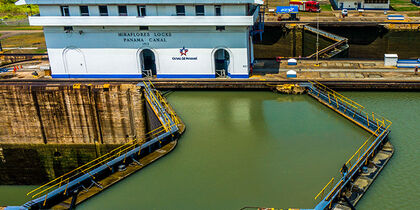
The beautiful view from the Miraflores locks
The Miraflores lock offers the best views of the canal, the gigantic sea tankers and cruise ships. It is approximately a 30-minute drive from Panama City to the lock. There is a visitor centre with a viewing platform, a restaurant with a terrace and a souvenir shop. You will also find various exhibits, scale models, video presentations and interactive modules to explain how the locks and the canal work. But the best way to learn about the canal is to wait for a ship and see the ‘real deal’ in action, a spectacular sight.
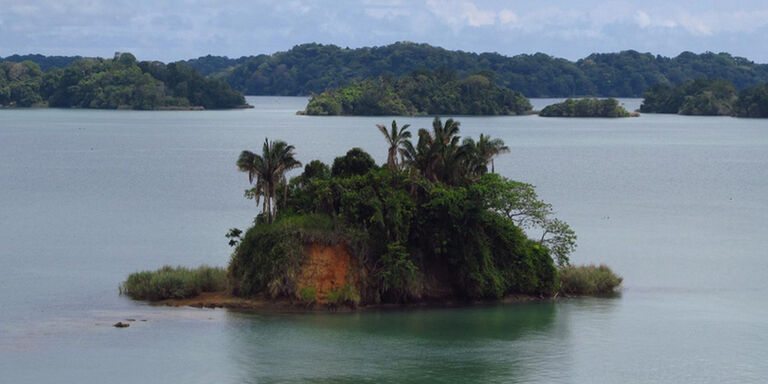
Interesting facts
The Panama Canal is not only one of the most amazing feats of engineering because of its sheer size, but also because of its many ingenious solutions. The canal is filled with fresh water in order to separate the salt water and flora and fauna of the 2 oceans. A man-made lake, Gatun Lake, acts as a basin that feeds rainwater and water from the surrounding rainforest to the canal. Special electric locomotives on both sides of the lock ensure that the ships enter the lock in the correct position and remain in place throughout the journey.

